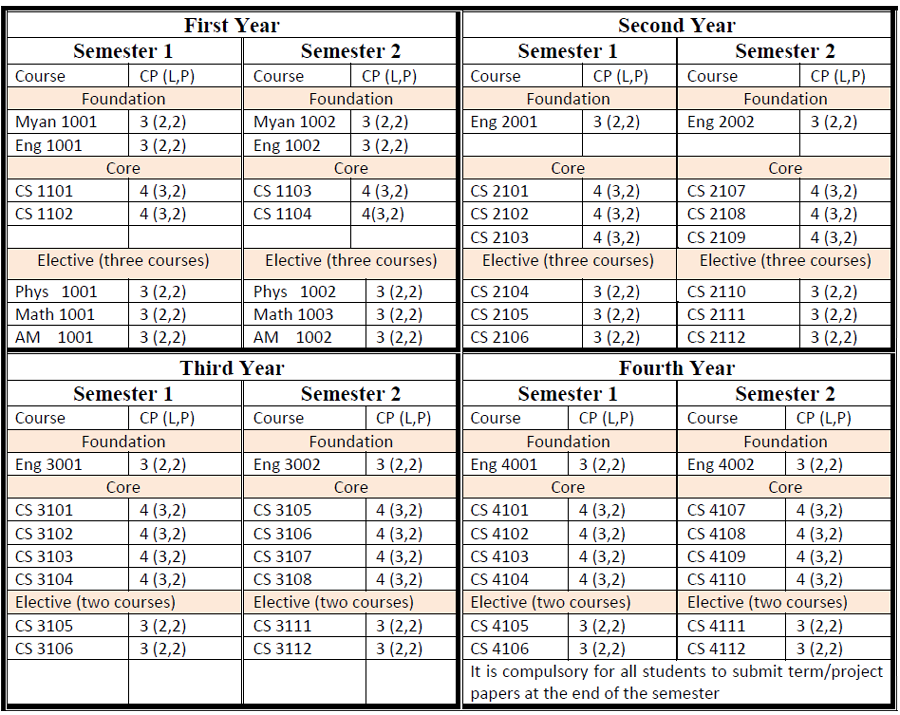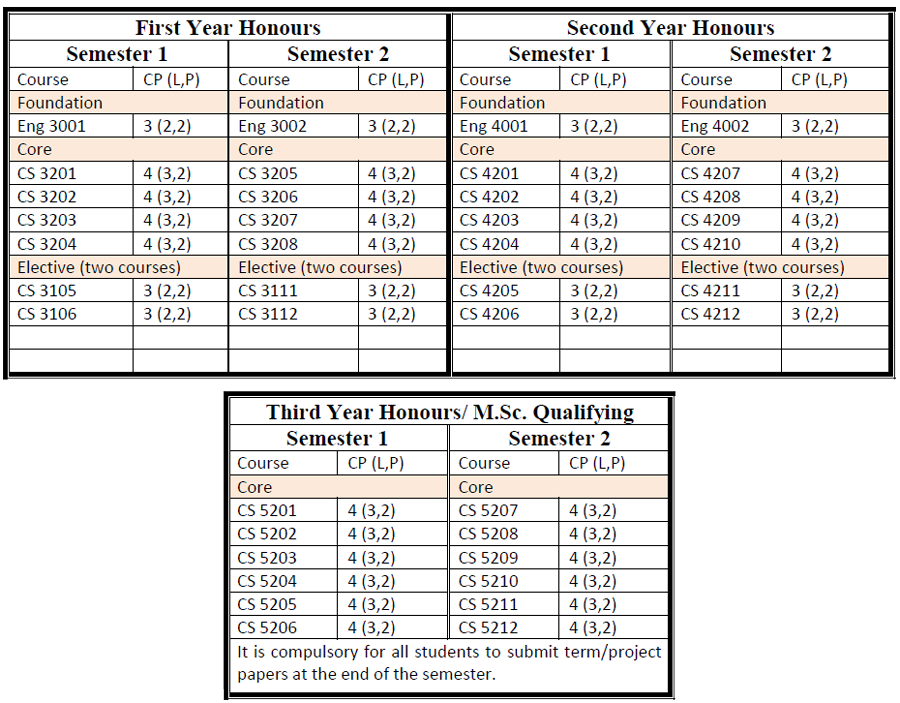
Dr. Myat Su Hlaing
ဒေါက်တာမြတ်စုလှိုင်
Position : Professor (Head)
Degree : B.Sc(Hons;)(Physics), M.Sc(Engineering Physics), M.Sc(Computer Science), Ph.D(Computer Science)
Computer Studies
Position : Professor
Degree : B.Sc (Hons;)(Maths), M.Sc (Maths), M.Sc ( Computer Science), Ph.D (Computer Science)
Other information :
Position : Professor
Degree : Ph.D (Computer Science), M.Sc (Computer Science), M.Sc (Zoology), B.Sc (Honors; Zoology)
Other Information: International Diploma in Computer Studies (IDCS, NCC, UK), Global Diploma in English
Teacher list
| Sr.No | Department | Name | Position | Education | Thesis Title | Field Of Specialization | Current Research Project | Email/Gmail |
| 1 | Computer Studies | Dr.Myat Su Hlaing | Professor (Head) | Ph.D | Cluster Computing in Image Processing | Image Processing, Parallel Computing, Software Engineering | [email protected] |
|
| 2 | Computer Studies | Dr.Than Than Wai | Professor | Ph.D | High Performance Computing in Eigen-value Analysis with Hybrid Coding | Parallel Computing | [email protected] |
|
| 3 | Computer Studies | Dr.Su Myo Swe | Professor | Ph.D | Evolutionary Computation of Optimization in Genetic Algorithm |
Database, Artifical Intelligence | [email protected] | |
| 4 | Computer Studies | Dr. Ei Swe Han | Associate Professor | Ph.D | Network Analysis for Optimal Path Routing of Emergency Transport Management System | Software Engineering | [email protected] |
Programmes Offered
- B.Sc. / B.Sc. (Hons) in Computer Science
Curriculum
B.Sc. in Computer Science

B.Sc. (Honours) in Computer Science
Students who passed second year with GPA greater than 4 are eligible to attend B.Sc. (Honours) classes for three more years. After finished successfully, they are earned B.Sc. (Hons) degree majoring in Computer Science.


